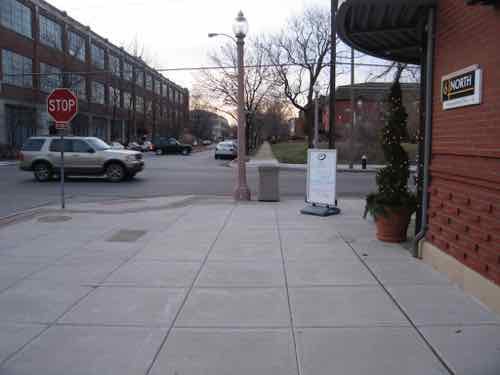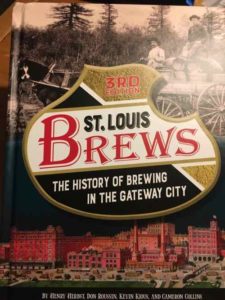Sunday Poll: Should St. Louis Require Businesses To Accept Cash?

I often get asked for change by homeless downtown, which doesn’t bother me. The thing is, I don’t use coins. The exception is I make sure I have a quarter on me for my monthly shopping trip to ALDI — to get a shopping cart. When I get home the quarter goes back into our change bowl. So when a homeless person asks me for change I’m being totally honest when I say I don’t have any on me.
This got me thinking about how I live basically a cashless life, the opposite of my brother-in-law. Groceries is the main thing I purchase. At ALDI, Trader Joe’s, & Culinaria I use ApplePay with a rewards Visa. At Target I show the cashier a bar code on the Target app linked to our Target MasterCard. And at Costco our membership card is our Costco Visa. Our monthly Costco trip is the one time shopping I need to get my wallet out of my pocket and get a card out. I usually have $5-$10 in my wallet for emergency use, but I don’t carry change.
In researching this topic I found out an increasing number of places don’t accept cash, some cities are proposing laws to force businesses to accept cash and cease cash discounts.
From July 2018:
Mobile payments. Credit cards. Digital currencies. Going cashless seems to be a worldwide trend. In Belgium, it is illegal to buy real estate with cash. Some banks in Australia have eliminated cash from their branches. Sweden has seen its use of cash drop to less than 2% of all transactions, and the number could be heading even lower in the next few years.
However, one city in the US is resisting that trend: Washington DC. In the nation’s capital cash is still king, and a new bill introduced this week wants to keep it that way. The Cashless Retailers Prohibition Act of 2018 would make it illegal for restaurants and retailers not to accept cash or charge a different price to customers depending on the type of payment they use.
City councilmember David Grosso, and five other councilmembers who co-introduced the bill, are responding to the recent tide of retailers in their city and around the country – like the salad chain Sweetgreen – who are no longer accepting cash. These retailers, which mostly serve upscale customers, say that going cashless speeds up transactions, improves customer service and makes for more accurate accounting. They also argue that having less cash lying around also minimizes the risk of crime and contributes to a safer environment for both their customers and employees. (The Guardian)
There are a couple of restaurants in town I’ve stopped patronizing because one charges more when paying with plastic, the other has a minimum charge I don’t reach when eating alone.
I usually know my position before you see a poll, but I’m very torn on this subject. I love living cashless but know the struggle for those with cash, even managing a debit card is difficult for many.
This poll will close at 8pm tonight, hopefully I’ve got the settings right to adjust to the time change. Wednesday I’ll talk about my past problems managing credit, going all cash, and finally going cashless without going into debt.
— Steve Patterson


 St. Louis Brews: The History of Brewing in the Gateway City 3rd edition
St. Louis Brews: The History of Brewing in the Gateway City 3rd edition St. Louis: An Illustrated Timeline, Second Edition
St. Louis: An Illustrated Timeline, Second Edition What’s With St. Louis?, Second Edition
What’s With St. Louis?, Second Edition